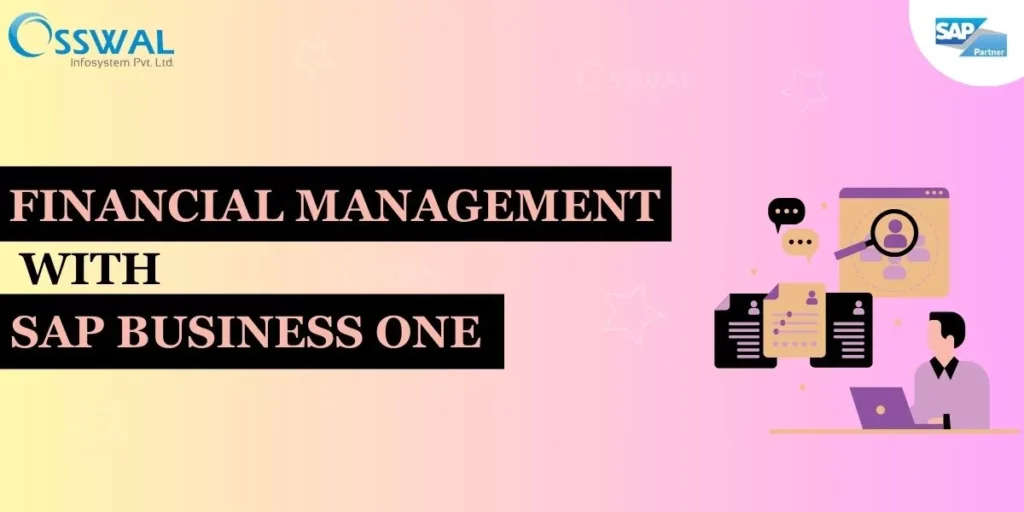In the fast-paced world of modern business, data is everything. Companies generate vast amounts of data every day, and harnessing this data for better decision-making is crucial for staying competitive. This is where SAP Business One Analytics and Business Intelligence come into play. Leveraging the power of SAP Business One ERP software and SAP S/4 […]
SAP Business One Analytics and Business Intelligence Read More »











